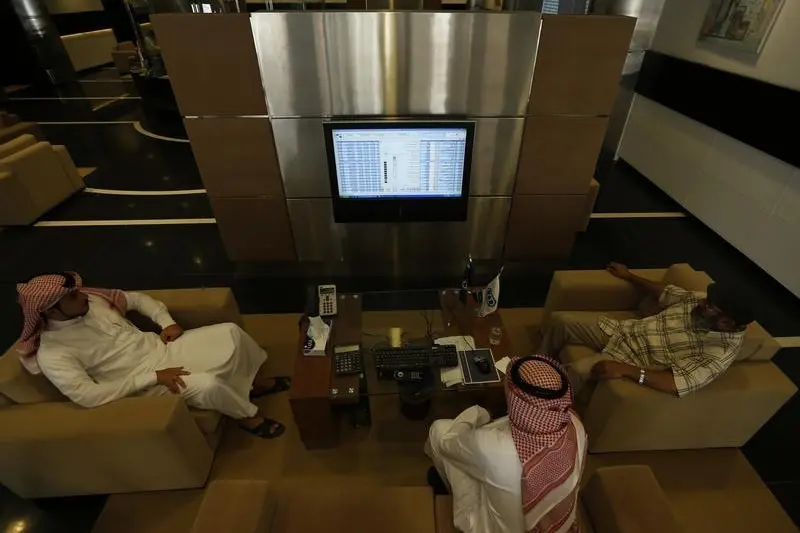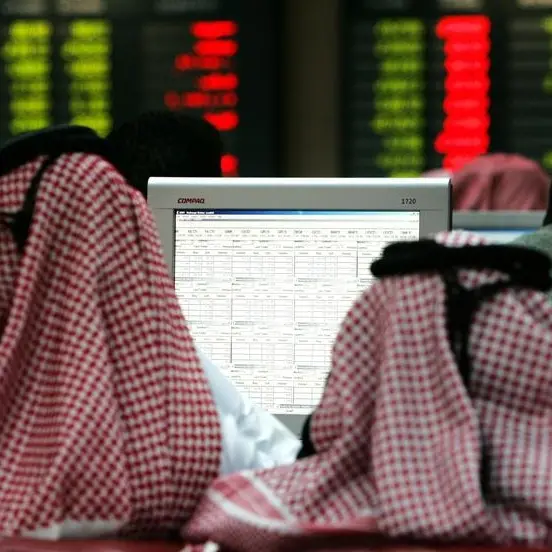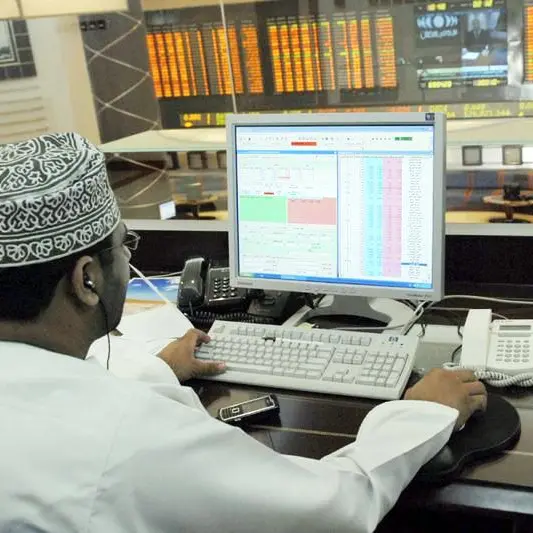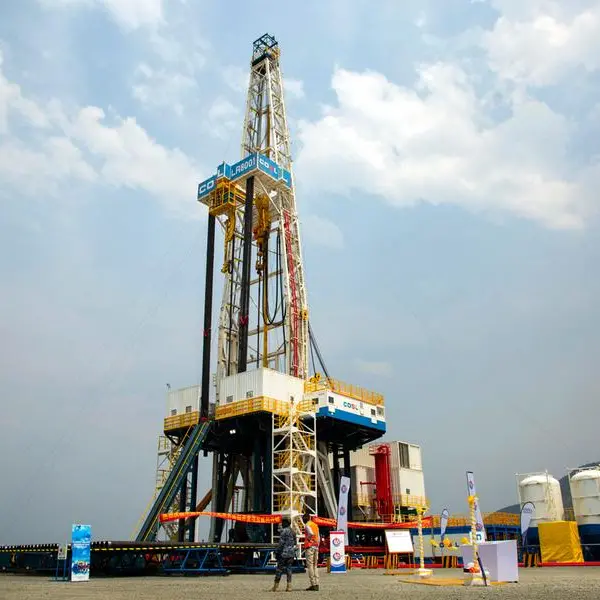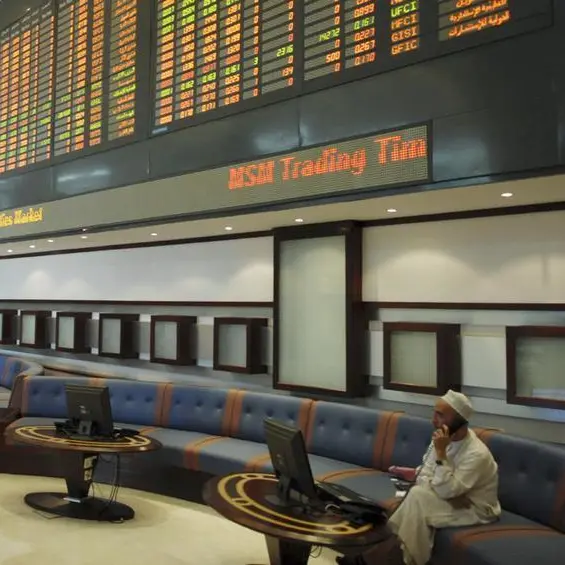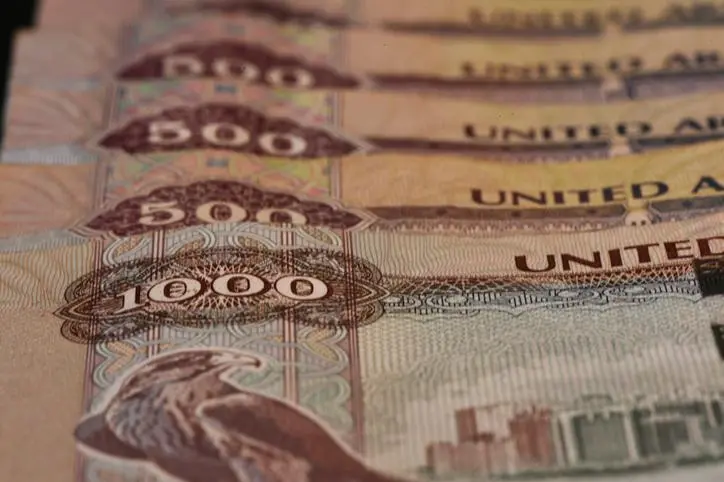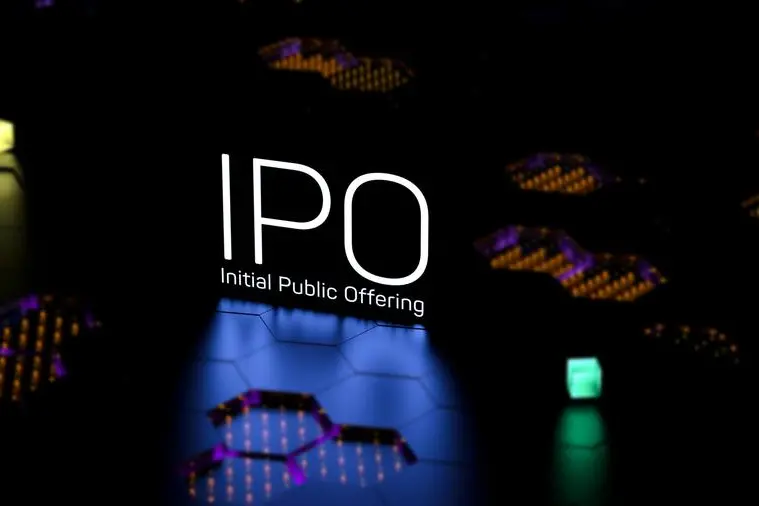PHOTO
International access to Saudi equities continues to grow on the back of reforms to capital markets and the recent inclusion of dozens of stocks in an influential emerging markets index.
On May 14 index provider MSCI announced it would include 30 Saudi securities in the MSCI Emerging Markets Index at half of their foreign inclusion factor-adjusted market capitalisation. As of their listing at the close of trading on May 28, the stocks represented an aggregate weight of 1.42% of the overall index.
The next group of stocks to be incorporated will be announced at the second review of the year, on August 8, with implementation to follow on August 29.
The three largest additions to the index by market capitalisation are Saudi Basic Industries Corporation, Saudi Telecom Company, and Al Rahji Banking and Investment Corporation.
The MSCI Emerging Markets Index tracks over 800 securities from 24 emerging markets – excluding its two new additions, Saudi Arabia and Argentina – covering roughly 85% of the free float-adjusted market capitalisation in each economy.
Secondary emerging market status granted by FTSE Russell
FTSE Russell, a UK-based provider of market indices, is also upgrading Saudi Arabia’s status, from unclassified to secondary emerging market.
This will see the Kingdom’s securities introduced into the FTSE Global Equity Index Series and the FTSE Emerging All Cap Index, with their aggregate weight set to account for 0.31% and 2.86%, respectively.
As with MSCI, FTSE Russell is undertaking a phased introduction, albeit at a more gradual pace: an initial 10% tranche was introduced on March 18 and a second 15% tranche was added on May 1. The remaining 75% will be implemented in three stages coinciding with FTSE Russell’s quarterly reviews in June and September of this year, and March 2020.
HSBC and BlackRock tracking Saudi securities
In anticipation of high demand for Saudi stocks, HSBC Global Asset Management (GAM) listed an exchange-traded fund (ETF) on the London Stock Exchange (LSE) in early May, aimed at benchmarking the performance of the MSCI Saudi Arabia 20/35 Capped Index, which comprises 30 large- and mid-cap securities.
According to HSBC GAM, it also plans to list the ETF on other markets in Europe, further broadening access to roughly 85% of the Kingdom’s free float-adjusted market capitalisation.
“Saudi Arabia is a market that is increasingly relevant to global investors as it makes further progress in its evolution,” Olga De Tapia, head of Europe, Middle East and Africa ETF sales at HSBC GAM, told international media following the listing.
On April 10 investment management firm BlackRock also listed an ETF on the LSE that benchmarks the MSCI Saudi Arabia 20/35 Index. As of May 30 the iShares MSCI Saudi Arabia Capped UCITS ETF had net assets of $783.7m.
Prior to this, the Invesco MSCI Saudi Arabia UCITS ETF was the only other ETF tracking solely Saudi securities to be listed in Europe. Launched on the LSE on June 12, 2018, the ETF’s assets under management stood at $1.5bn on May 30.
Capital market reforms pay dividends
Saudi Arabia’s classification upgrade by both MSCI and FTSE Russell was precipitated by a series of reforms that eased the requirements for qualified foreign investors (QFIs) at the start of 2019.
These included increasing the percentage of shares that QFIs are permitted to own from 5% to 10%; removing the need for the Capital Market Authority to review and approve QFIs; and reducing the assets under management requirement for QFIs from $1bn to $500m.
© Oxford Business Group 2019